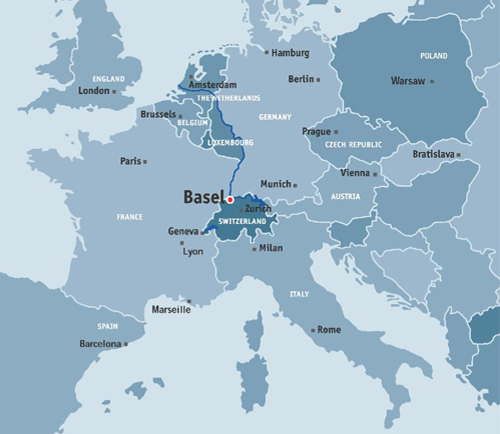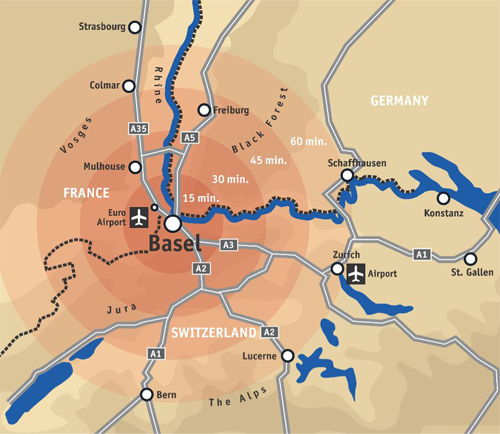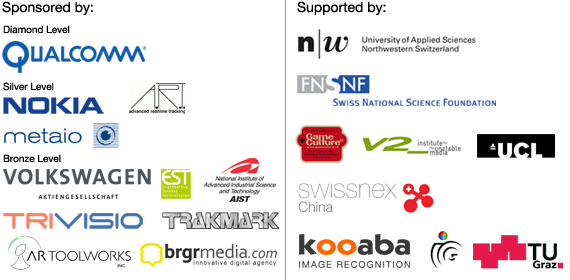Visit Basel

General information:
Events during the Middle Age – such as the construction of the first permanent bridge over the River Rhine (1225), the Church Council of Basel (1431 – 1449), the founding of Switzerland’s oldest university (1460) and the turbulent Reformation period (beginning of the 16th century) – marked particularly important milestones for the city.
In 1501 Basel became a full member of the Swiss Confederation and it was during this period that the cultural blossoming of the city started: amongst others, humanist Erasmus of Rotterdam, painter Hans Holbein the Younger and sculptor Martin Hoffmann worked in Basel. In these days Basel became as well a centre of book printing and paper production.
Nowadays Basel is one of the most prominent centres in the life sciences industry in the world and considered for its numerous museums the “cultural capital of Switzerland”. For its beautiful Old Town, that is contrasting and yet complementing the modern architecture by internationally renowned architects, Basel received in 1996 the Wakker Prize (in German: Wakkerpreis), awarded annually by the Swiss Heritage Society to a Municipality of Switzerland for the development and preservation of its architectural heritage.
Population of Basel City
Language
Currency
Climate
Average temperature during the day:
May: 18° - 20°C June: 20° - 24°C Elevation 250 m above sea level (820 ft)
Location of Basel
Distances to / from Basel:
Paris 570 km
Lyon 410 km
Munich 390 km
Frankfurt 330 km
Milan 340 km
Vienna 820 km


Historical Information
University of Basel (Alte Uni Basel) Founded in 1460, it is Switzerland's oldest university.
Erasmus, Paracelsus, Daniel Bernoulli, Jacob Burckhardt, Leonhard Euler, Friedrich Nietzsche, Eugen Huber, Carl Jung, Karl Barth, and Hans Urs von Balthasar are among those associated with the university, which is nowadays noted for research into tropical medicine.
The University of Basel was founded in connection with the Council of Basel. The deed of foundation given in the form of a Papal bull by Pope Pius II on November 12, 1459, and the official opening ceremony was held on April 4, 1460. Originally the University of Basel was decreed to have four faculties, namely those of arts, medicine, theology and jurisprudence. The faculty of arts served until 1818 as foundation for the other three academic subjects.
Over the course of centuries as many scholars came to the city, Basel became an early center of book printing and humanism. Around the same time as the university itself, the University Library of Basel was founded. Today it has over three million books and writings and is the largest library in Switzerland.
This University is also renowned for its former research into earth sciences, Slavistics and astronomy.








